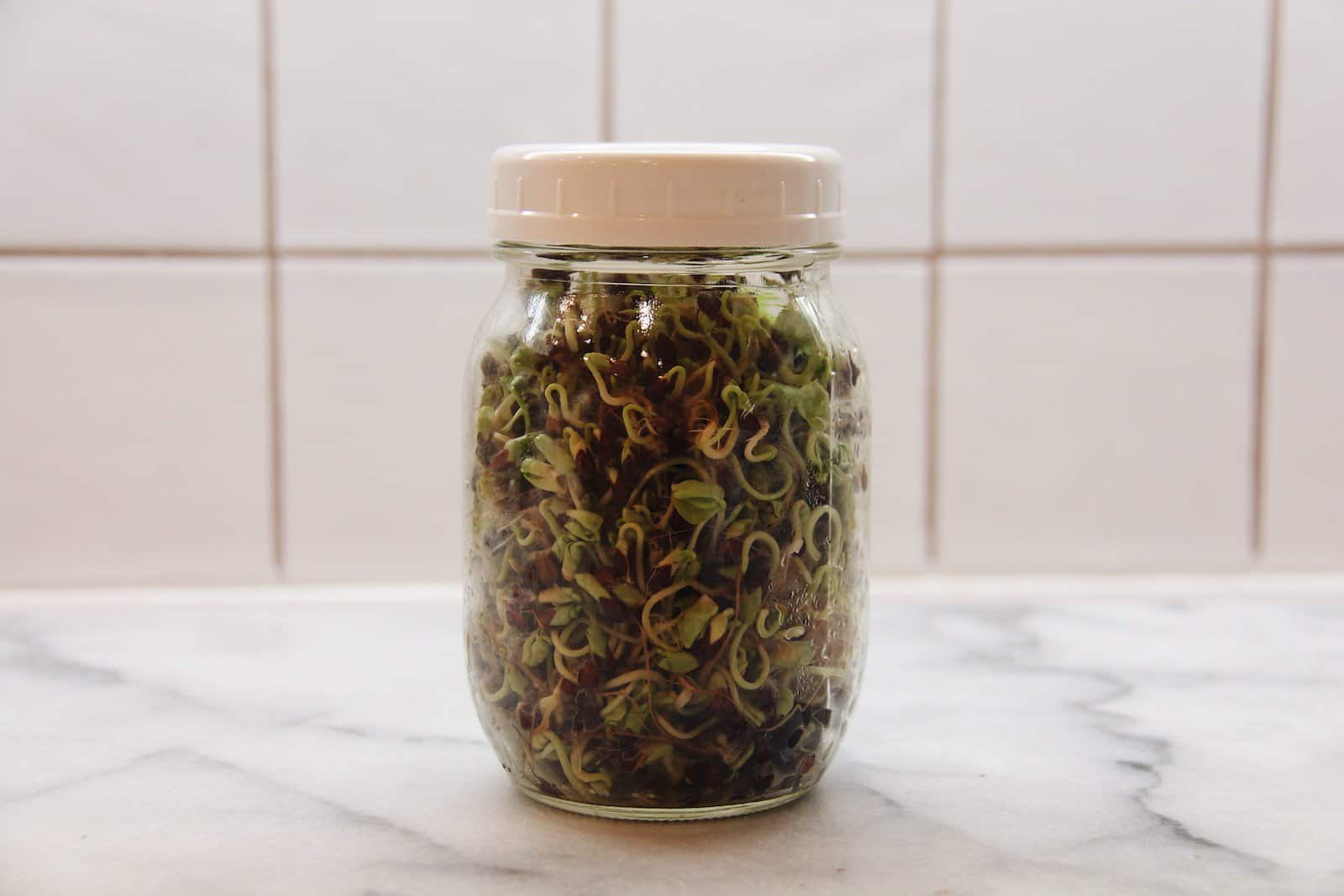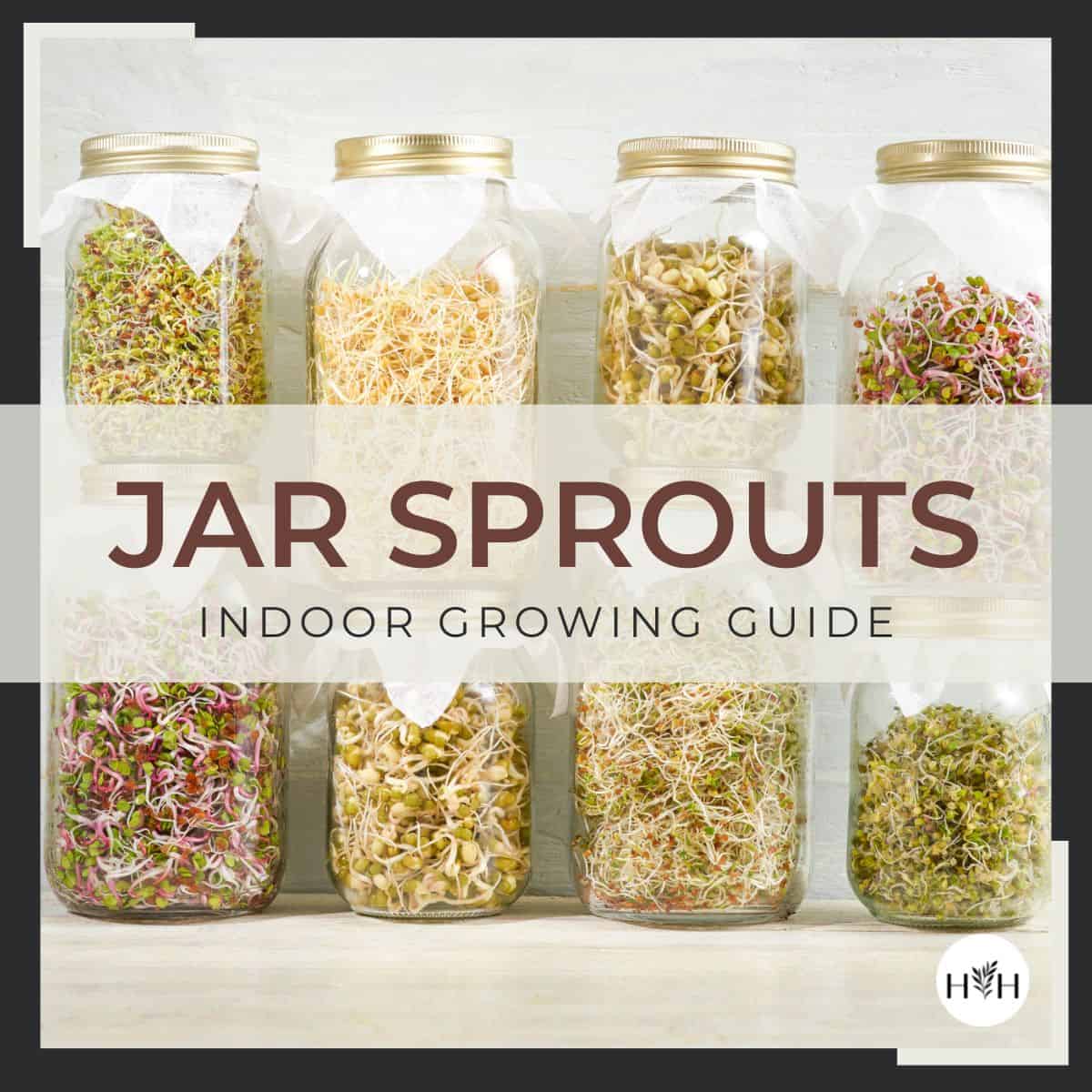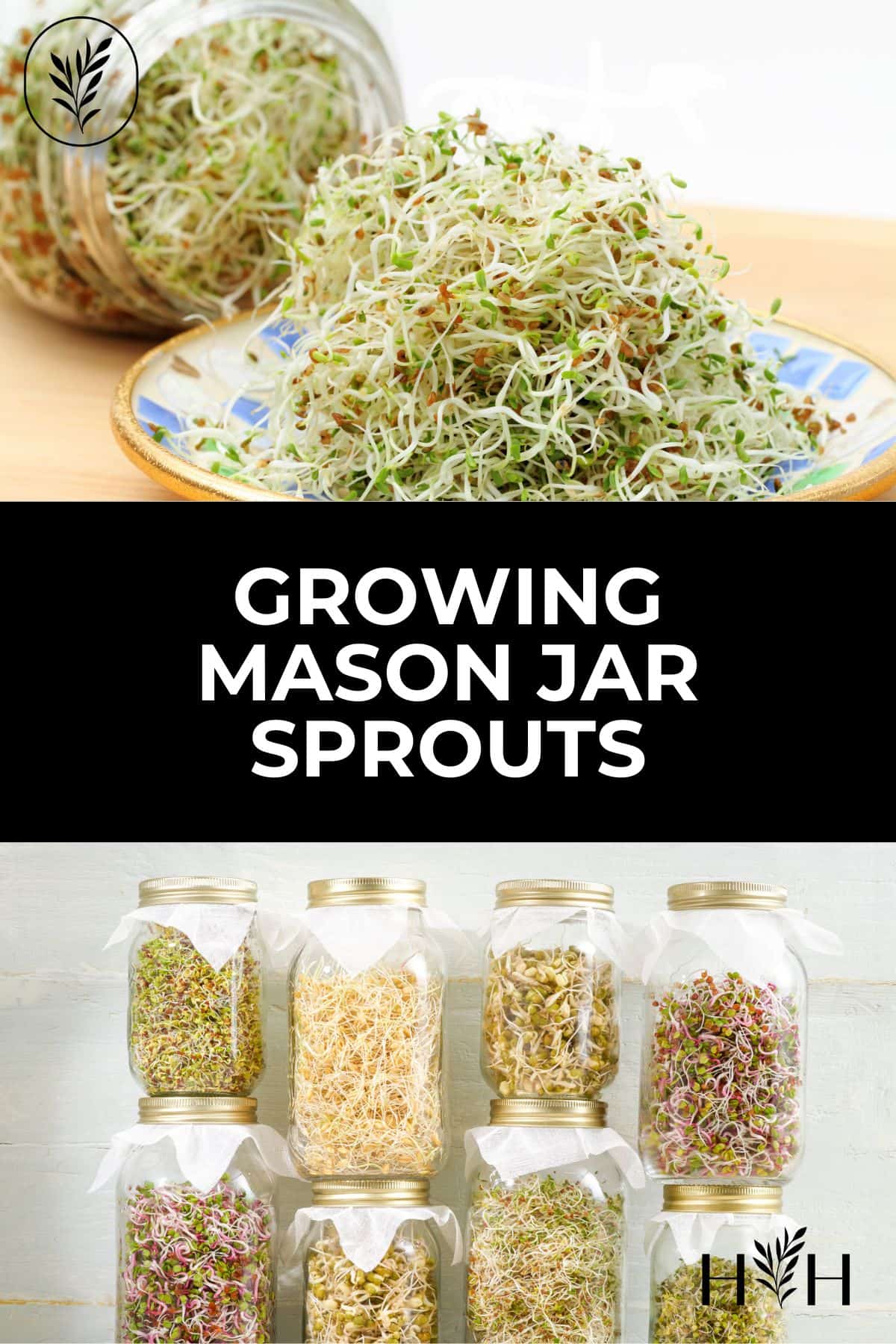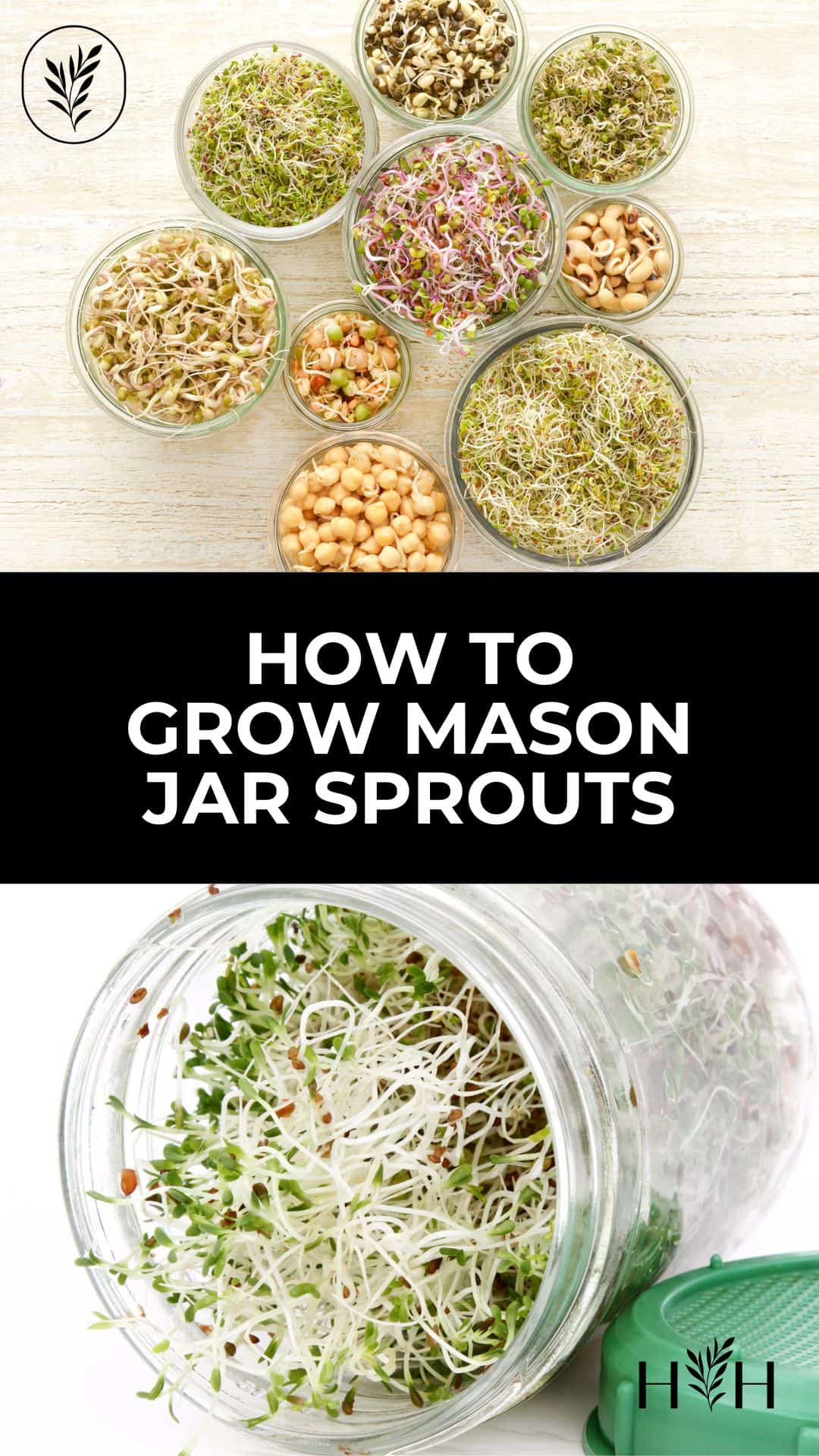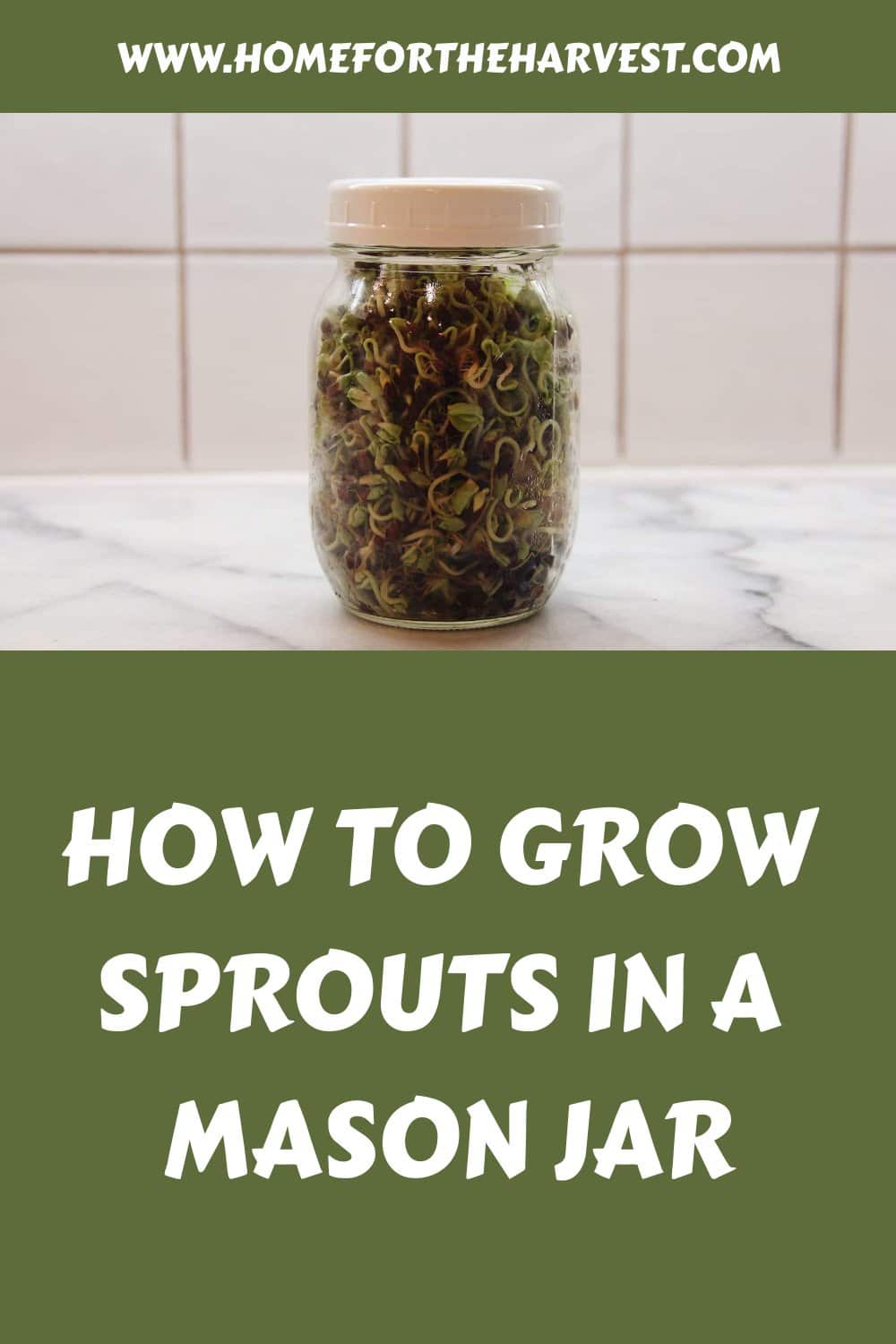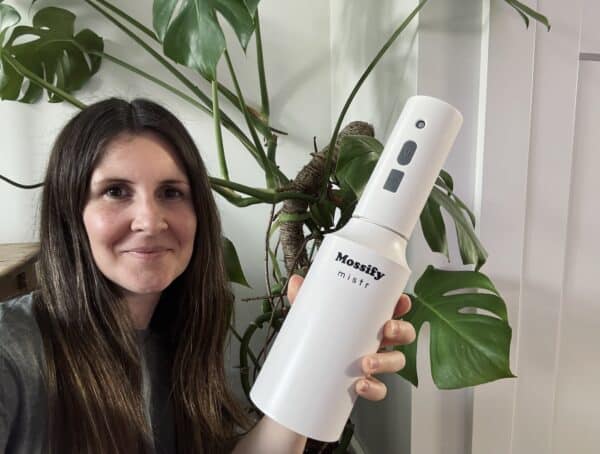Growing sprouts in a mason jar is a relatively simple process. Start by selecting your sprouting seeds; popular options include sunflower and mung beans. Sterilize a mason jar and cover its opening with cheesecloth or a mesh screen, securing it with a rubber band. Add 1-2 tablespoons of seeds to the jar, fill it with water, and soak the seeds overnight.
Drain the water the next morning and rinse the seeds thoroughly. Invert the jar at an angle in a bowl or dish rack to ensure continuous drainage and air circulation. Rinse and drain the seeds twice a day, morning and evening. Within 3-7 days, the sprouts will be ready to harvest. Drain and dry before storing them in the refrigerator.
How to grow sprouts in a mason jar
Sprouting seeds in mason jars is SO much fun! Mason jars are pretty darn perfect for seed sprouting. It’s almost as simple as soaking the seeds, rinsing them often, and watching them germinate and sprout! While the steps are simple, cleanliness is key to keeping the spouts free of harmful pathogens. But with a bit of care, it’s quick and easy to grow sprouts in a jar.
Supplies for a mason jar seed sprouting
- 2 Tablespoons of Seeds: Certified organic, pathogen-free seeds. Start with large seeds, such as sunflower, peas, buckwheat, mung beans, or wheatgrass.
- Mason Jar: Wide-mouth glass mason jar and solid lid
- Straining Jar Cover: Mesh jar lid or cheesecloth
- Jar Lid (for storage)
- Hydrogen Peroxide: 3% hydrogen peroxide solution (sold at drugstores and grocery stores).
- Water: Filtered water is best. If using tap water, allow it to sit on the counter in a container for several hours to off-gas the chlorine.
Now that growing sprouts at home is becoming more popular, sprouting kits are easy to find. If you’re just starting to learn how to make sprouts, an organic seed sprouting kit may be an economical way to get started if you need all the gear anyway.
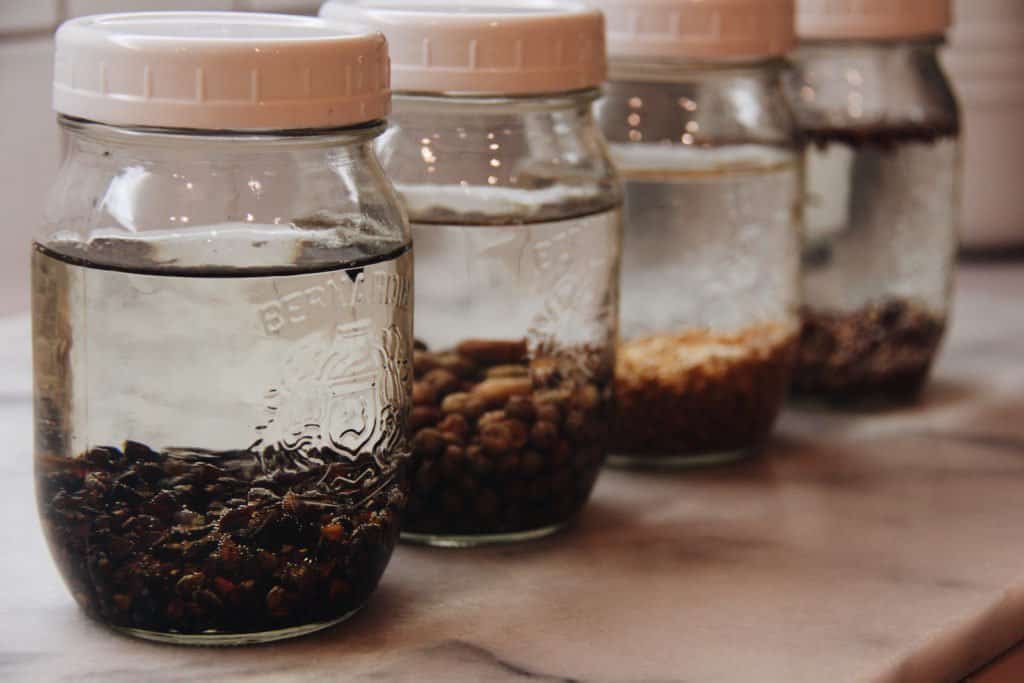
How to grow sprouts in a mason jar
- Measure out your seeds.
- Sterilize your supplies. I use my dishwasher’s sanitize setting to clean the jar and lid.
- Treat your seeds (clean them). I follow the University of California method, in which seeds are immersed in a mixture of warm water and hydrogen peroxide for 5 minutes.
- Rinse the seeds with filtered water, using the mesh lid to drain the rinse water.
- Add one cup of filtered water to the jar.
- Lightly cover the jar with cheesecloth/elastic or mesh lid.
- Let the seeds soak in filtered water for 4-8 hours.
- Drain and rinse the seeds through the mesh/cheesecloth jar cover.
- Rinse the seeds with filtered water twice daily until the sprouts are several inches long.
- Once the sprouts are ready, close the jar with a solid lid.
- Refrigerate for up to four days.
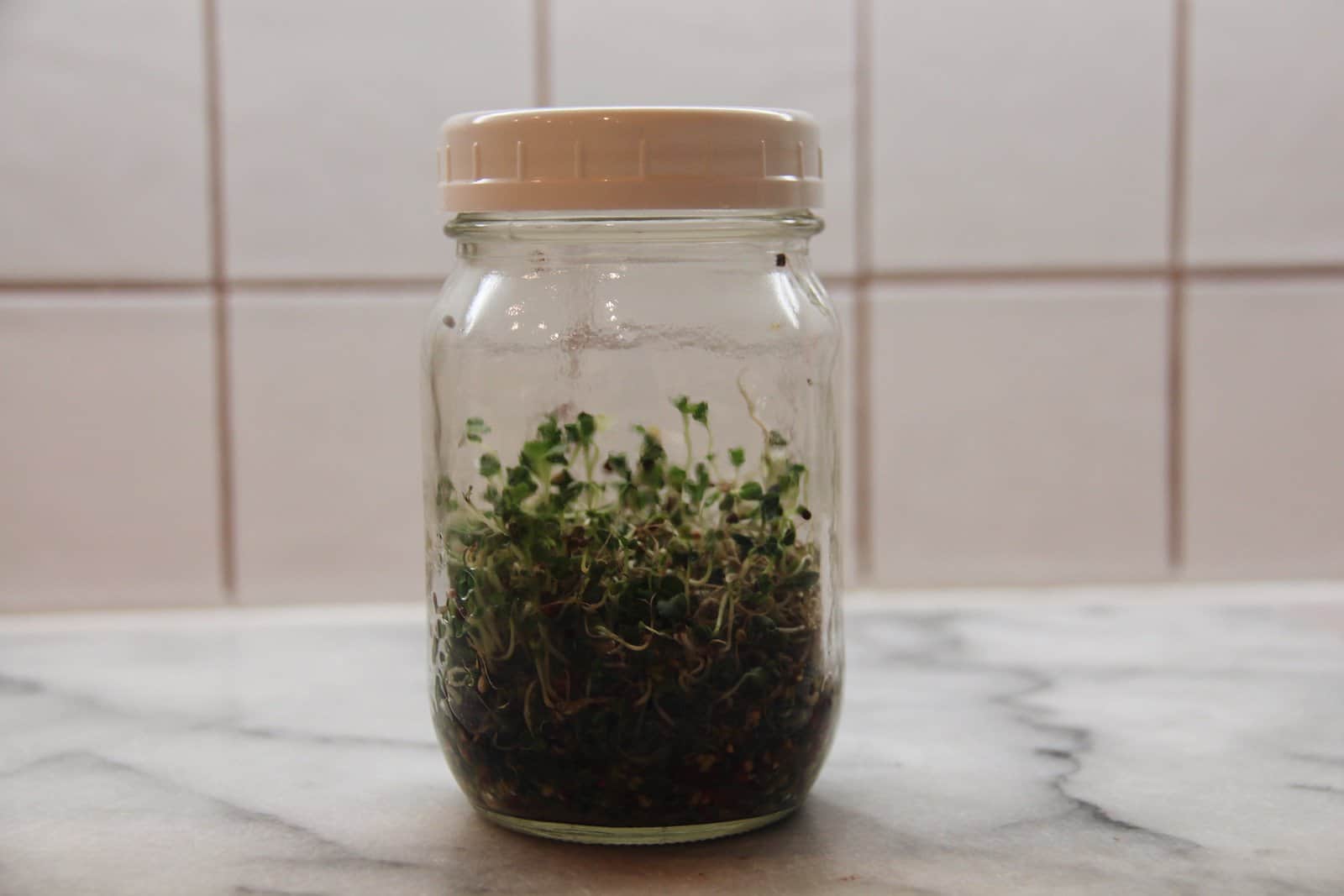
More about how to sprout seeds in a jar
Many different edible plants produce seeds perfect for easy at-home jar seed sprouting. All you need to do is find your favorite kinds! This process will also teach you how to germinate seeds growing in indoor kitchen gardens or outdoor organic gardens.
If you don’t already know how to grow sprouts, know that they are incredibly easy to grow and introduce into your meals. No soil or fertilizer is required. Small mason jars with a bit of water are common supplies for growing sprouts.
Enjoying your homegrown sprouts
Once you learn how to make sprouts in a jar, the entire sprout, seed and all, can be eaten. This feature makes them easy to cook with and add to various meals.
Try different kinds, like broccoli sprouts, sunflower sprouts, alfalfa sprouts, mung bean sprouts, green pea sprouts, or bean sprouts. There are many different types to choose from.
Sprouts are commonly added to sandwiches, providing a lovely “crunch” that contrasts with soft bread. I also like them as a salad topping, in a buddha bowl, or blended into a green smoothie. So many choices! So much versatility!
Here are some delicious ways to incorporate fresh homegrown sprouts into your meals:
- Salads: Toss sprouts into any salad mix. They pair especially well with cucumber, carrot, tomato, and avocado.
- Sandwiches and Wraps: Add a crunchy layer of sprouts to your sandwiches or wraps. They work great with both cold cuts and vegetarian fillings.
- Smoothies: For a nutritional boost, blend sprouts into your morning smoothies. They’re particularly compatible with green smoothies.
- Stir-fries: While sprouts are commonly consumed raw, they can be quickly stir-fried with other vegetables and your choice of protein.
- Toppings on Soups: A handful of sprouts on top of a bowl of soup can add a delightful texture contrast, especially with smooth, pureed soups.
- Omelets and Scrambles: Mix sprouts into your omelets or scrambled eggs. They complement ingredients like mushrooms, cheese, and bell peppers.
- Juices: Extract fresh juice from sprouts or mix them with other vegetables and fruits for a healthy beverage.
- Buddha Bowls: Create a wholesome meal by adding sprouts to a bowl containing grains, veggies, and a protein source. Drizzle with a tasty sauce.
- Sushi Rolls: Sprouts can be an exciting addition to sushi rolls, especially in combination with ingredients like cucumber, avocado, and fresh fish.
- Dips and Spreads: Blend sprouts into hummus, guacamole, or any other dip for an added health kick.
- On Pizza: Sprinkle fresh sprouts on top of a cooked pizza, especially on a veggie or Margherita pizza, for a fresh twist.
- Pasta Dishes: Stir sprouts into cold pasta salads or use as a garnish on warm pasta dishes.
Remember, while sprouts are nutritious and delicious, it’s crucial to handle and store them properly to avoid potential bacterial contamination. Always rinse them thoroughly before use and consume them while they’re fresh.
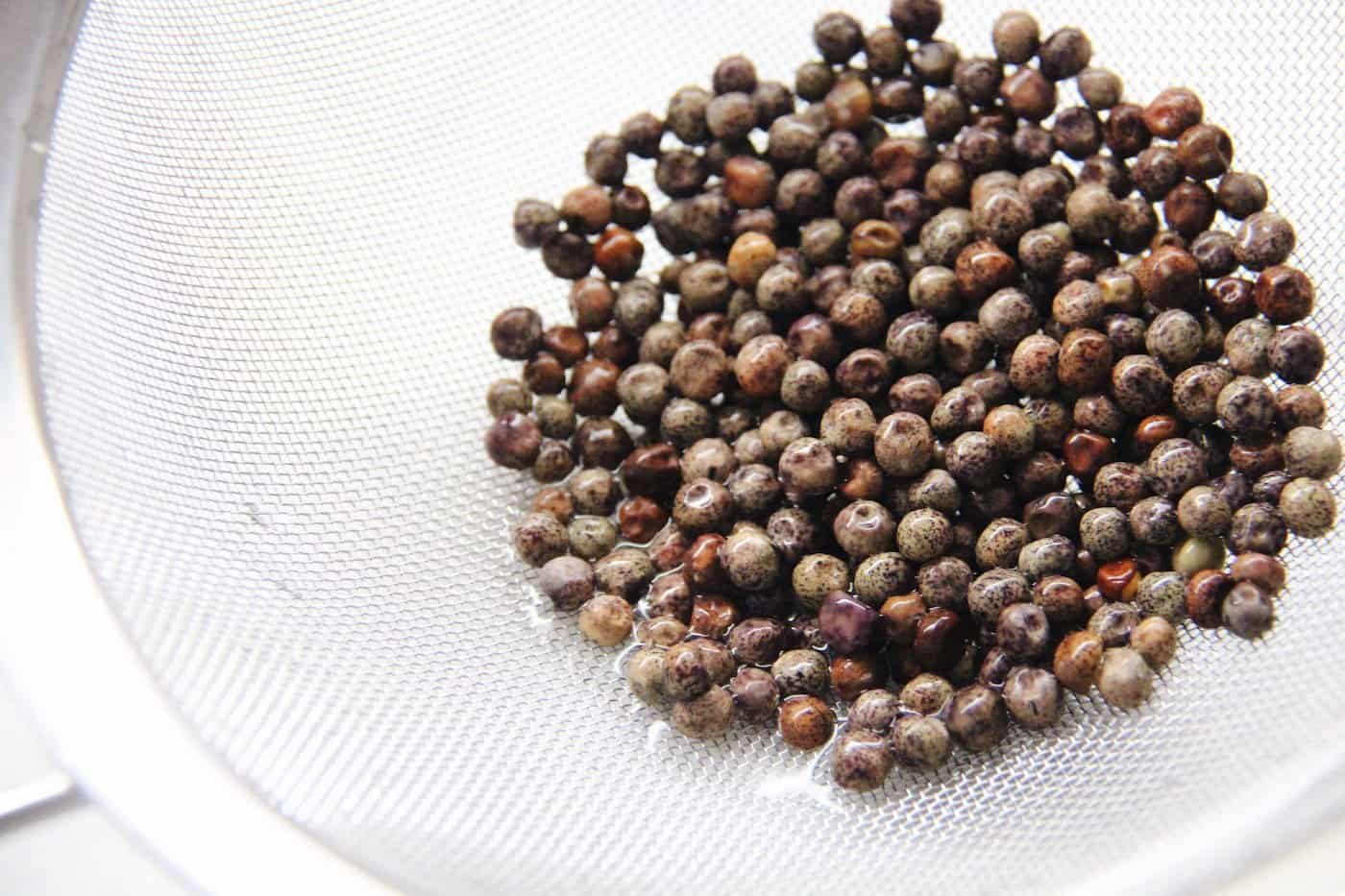
Safety considerations for growing sprouts
Make sure you thoroughly sterilize your tools before preparing your sprouts. Sanitary working conditions are vital for sprouting (and for all sprouting).
One way to avoid sprout-related safety issues is to avoid sprout crops that interact with animal crops. This is because the E. Coli bacteria from manure on the crop can get into the “nooks and crannies” of the seed itself. For this reason, use only human food crops from a reputable seed provider.
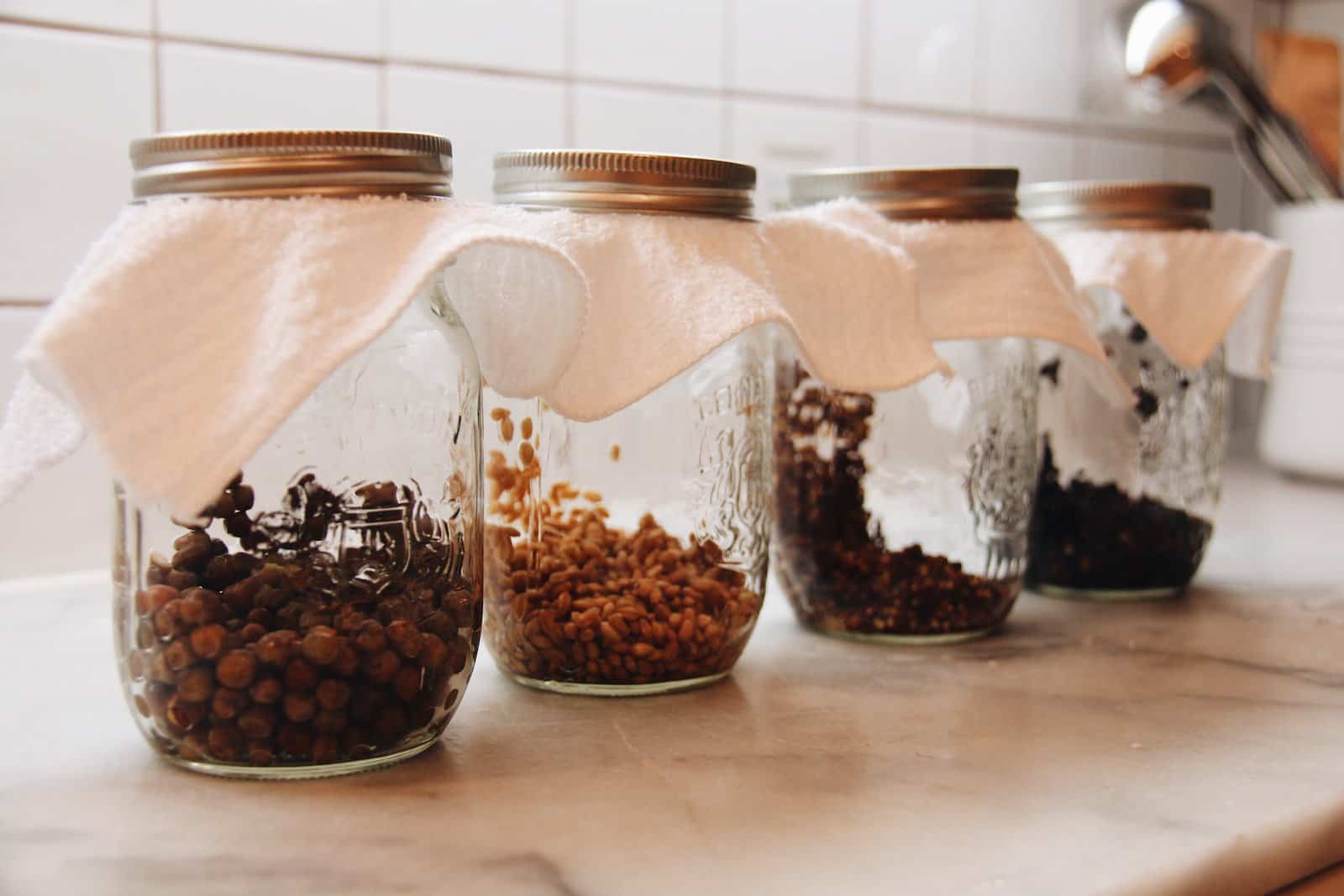
Sprouting seeds into microgreens
Once you master sprouts, it might be fun to try growing microgreens too. I used to use mason jars for sprouting, but now I grow weekly batches of microgreens in trays. Growing microgreens is just like growing sprouts, except the sprouted seeds are placed on the soil to grow rather than simply grown in a jar.
I find there are fewer problems with the airy environment around the microgreens than the moist environment inside the jar of sprouts. I also find that microgreens grow faster than sprouts, and they look more appetizing!


